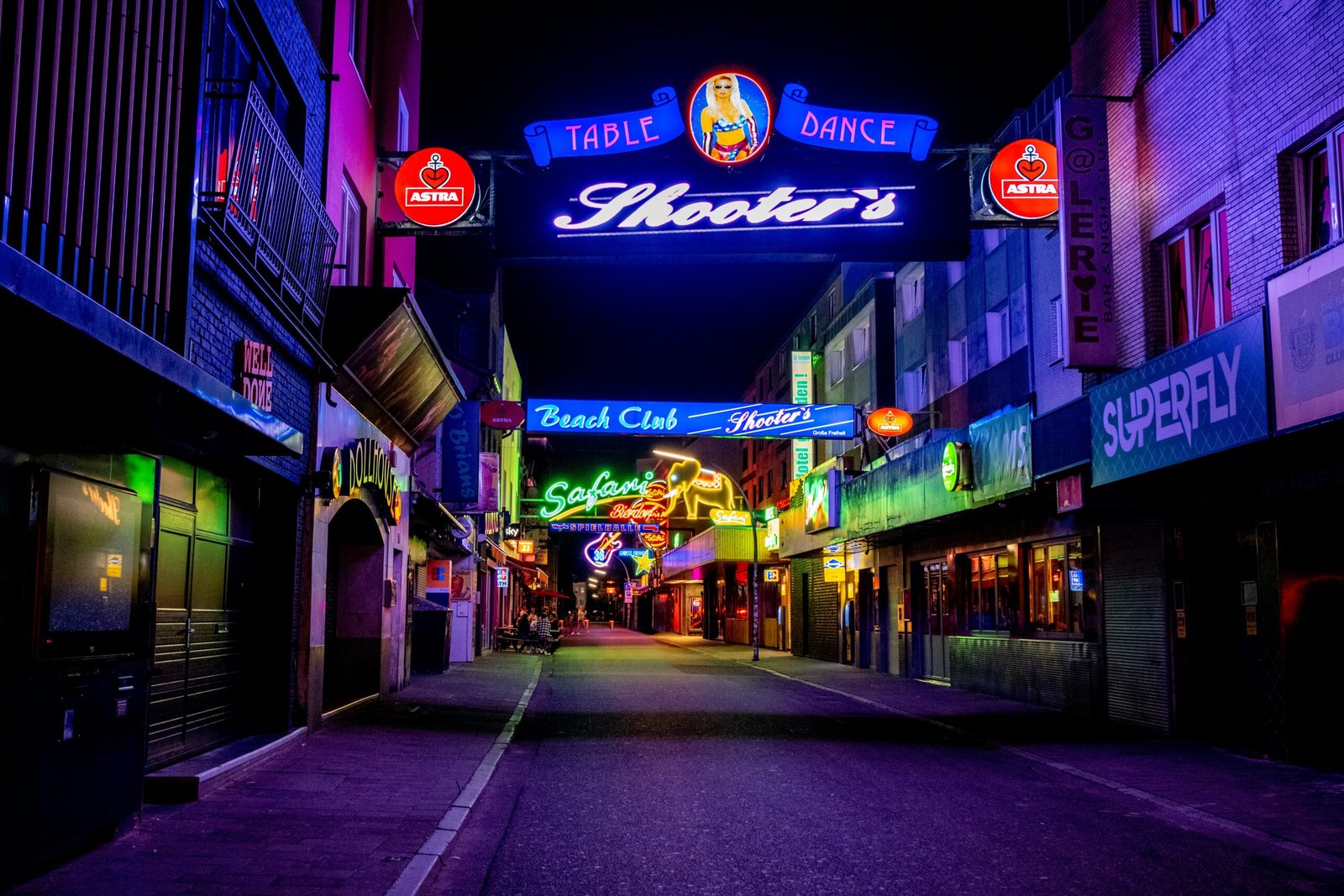The Origins of Strip Clubs
Strip clubs have a long and fascinating history, dating back to ancient times. While the concept of adult entertainment and nudity has always existed in various cultures, the modern strip club as we know it today has its roots in the burlesque shows of the 19th century.
Burlesque shows were popular in the United States and Europe during the Victorian era. These shows featured a combination of comedy, music, and provocative dancing. While not explicitly nude, burlesque performers would often tease and tantalize the audience with suggestive movements and revealing costumes.
As the 20th century dawned, the popularity of burlesque shows continued to grow. The shows became more risqué, with performers gradually shedding more clothing. This gradual striptease became a central element of the burlesque experience, captivating audiences and creating a demand for more explicit entertainment.
The Evolution of Strip Clubs
During the 1920s and 1930s, the prohibition era in the United States, speakeasies and underground clubs thrived. These venues often featured striptease acts as a means of attracting customers and providing them with a sense of excitement and escape from the realities of the time.
However, it wasn’t until the 1950s and 1960s that strip clubs truly began to flourish. In the post-war era, the sexual revolution was underway, and attitudes towards sexuality and nudity were becoming more liberal. This cultural shift created an environment where strip clubs could thrive.
During this period, strip clubs began to adopt a more professional and organized approach. They moved away from the underground and often seedy establishments of the past and started to establish themselves as legitimate businesses. The venues became more upscale, with better lighting, sound systems, and stages.
The Modern-Day Strip Club
Today, strip clubs have evolved into modern-day entertainment venues that cater to a wide range of clientele. While the core concept of striptease remains, modern strip clubs offer a variety of additional services and experiences.
Many strip clubs now offer VIP sections, private dances, and themed nights to attract different demographics. Some clubs even feature celebrity appearances and live performances by well-known musicians and DJs. These additions have transformed strip clubs into multi-faceted entertainment destinations.
Strip clubs have also become more inclusive and diverse in recent years. While traditionally seen as male-dominated spaces, many clubs now cater to a diverse range of clientele, including women and members of the LGBTQ+ community. This inclusivity has helped to reshape the perception of strip clubs and make them more socially acceptable.
However, it is important to note that strip clubs still face criticism and controversy. Some argue that they perpetuate objectification and exploitation of women, while others view them as a legitimate form of adult entertainment and a means of empowerment for performers.
The Future of Strip Clubs
As society continues to evolve, so too will strip clubs. It is likely that we will see further diversification and innovation within the industry. Strip clubs may continue to adopt new technologies, such as virtual reality experiences, to enhance the customer experience.
Additionally, as societal attitudes towards nudity and sexuality continue to evolve, the stigma surrounding strip clubs may diminish further. This could lead to increased acceptance and integration of strip clubs within mainstream culture.
Ultimately, the history of strip clubs is a testament to the ever-changing nature of human desires and the evolution of entertainment. From the humble origins of burlesque shows to the modern-day entertainment venues we see today, strip clubs have come a long way and will likely continue to adapt and transform in the years to come.

